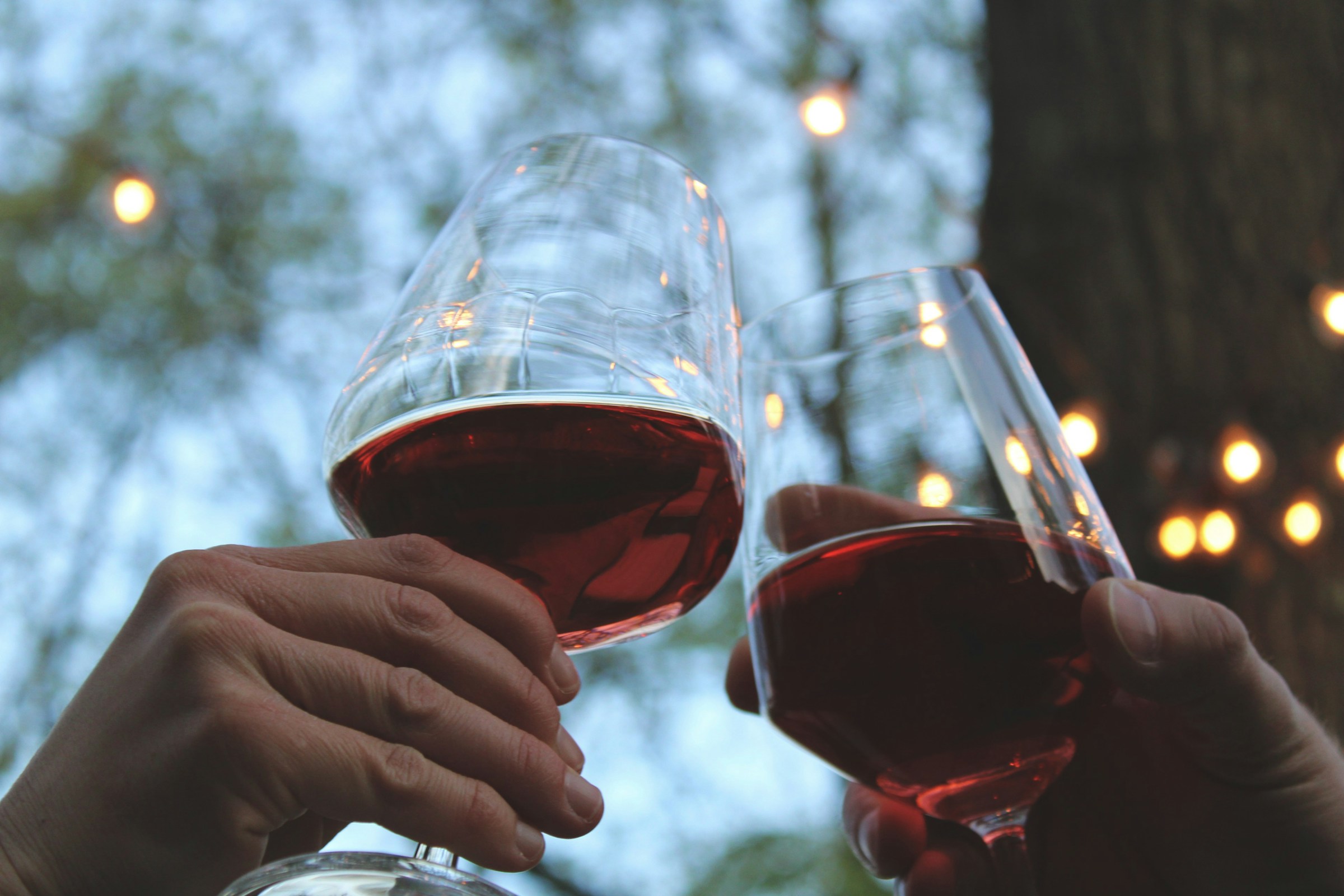It’s hard to unlearn something that we’ve been taught for years. The very notion of chilled red wine is something that can make even the least of the wine snobs among us cringe. Most of us remember learning at one time or another the general rule that white wines are to be served chilled while red wines are not. Absolutely not. We believed that under no circumstances should red wines ever, ever be served chilled. Or, god forbid, topped with an ice cube (shudder). But part of evolving and growing as a human being is learning new information and admitting that we may have been mistaken once or twice along the way. We’re sorry to say – this is one of those times.
Why should some red wines be chilled?

It’s very important to know that not all red wines should be chilled, so we weren’t completely wrong. Many – if not most – red wines contain tannins, which are not ideal when chilled. Tannins refer to the group of chemical compounds found in the skins of wine grapes that give the wine a distinct pucker or astringency. Usually, only red wines are processed with grape skins, so tannins are only found in red wine. This is why we serve white wine cold without batting an eyelash – no tannins. Fuller-bodied red wines tend to have high tannins, which become unpleasantly bitter when chilled.
When describing a wine, we first refer to its body as light, medium, full-bodied, or a range somewhere between the three. While full-bodied reds are often quite tannic, light to medium-bodied reds are usually low in tannins, allowing them to shine in all of their chilly glory. When served at a less-than-traditional cooler temperature, light-bodied red wines can show off their robustly fruity flavors.
Wines with a high acidity level also do well when chilled. This is because cooler temperatures will help the wine showcase its fresh, acid-forward flavors like citrus, apple, pear, and other crisp flavors often found in wine.
Carbonic maceration
Carbonic maceration, a scientific winemaking process that has grown more popular in recent years, involves creating red wines that taste better when served cold. This popular method works by processing whole grape clusters in sealed, carbon-dioxide-filled tanks and starts the fermentation process inside each grape. The result is a fresher, fruitier red wine with very low tannins that taste amazing when chilled.
Which red wines are good chilled?
Of course, the body and flavors of wine varietals can vary, so saying for example, that Beaujolais is always wonderful when chilled would be untrue. Whether or not a wine does well when chilled depends on many things like body, tannin structure, whether or not it has been aged in oak, and many other factors. Generally speaking, though, these red wine varietals tend to be great options to serve chilled.
Pinot NoirEver-popular Pinot Noir can usually be enjoyed chilled as it tends to have a light to medium body and low tannins.
Beaujolais
Often very fruit-forward, Beaujolais has floral and red berry aromas which do very well when chilled.
Gamay
Gamay’s high acid and tangy flavor makes it quite delicious when served at a lower temperature.
Lambrusco
Arguably the most popular red wine to chill, Lambrusco comes in many varieties, most of which are lovely when enjoyed cold.
Cabernet Franc
Cabernet Franc’s bright acidity and low tannins make it great for chilling.
Frappato
This highly acidic Sicilian wine has essentially no tannins, which is perfect for a chilled red wine.
How to serve chilled red wine

Chilled reds are perfect to serve at any outdoor cocktail party or barbecue, no matter how formal or casual the gathering may be. These lighter, fruitier red wines should be served between 50 and 55 degrees after a cool stay in the wine or regular refrigerator. For a more casual gathering, feel free to serve your wine bottles directly in a cooler over ice with all of the other chilled beverages as you would beer or soda. For a more sophisticated setting, a chilled ice bucket will work perfectly.
In a pinch, you can always quickly chill your wine in the freezer, provided, of course, that you don’t forget about it. Let it rest in the freezer for about ten minutes before serving for the perfect chilly temperature.
Best food pairings for chilled red wine

While the weather is still warm and barbecue is still the top choice for dinner, we recommend enjoying chilled red wine with your grilled favorites. Dishes like saucy ribs, juicy steaks, grilled vegetables, and charred chicken kabobs are all perfect matches for a chilled red.
You might also pair a glass with your favorite end-of-summer salads like watermelon and feta or strawberry arugula. Fresh fruits and berries are delicious when placed on a charcuterie board next to a chilled bottle of red wine.
Essentially, any dish that you would eat outside on a warm summer night with friends will likely go great with a chilled red wine.




